Bet You Will Think this ADU Was Misguided
https://www.washingtonpost.com/home/2024/03/05/energy-efficient-net-zero-adu/
She used spray foam inside the walls in addition to zip-type framing… and spent 200,000 to build a 600 sq ft apartment over a two-car garage.
GBA Detail Library
A collection of one thousand construction details organized by climate and house part
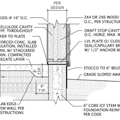
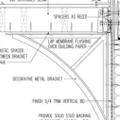

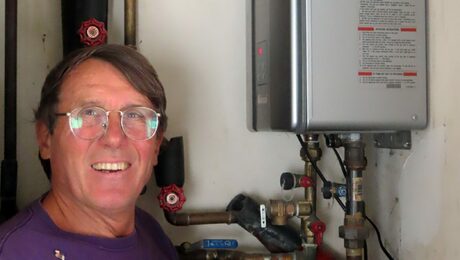
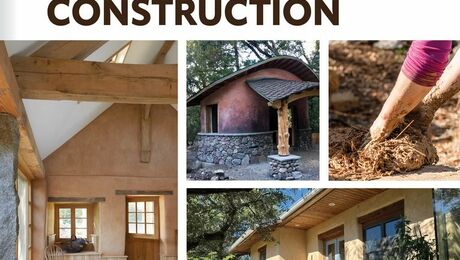


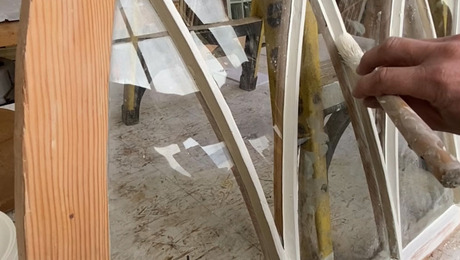
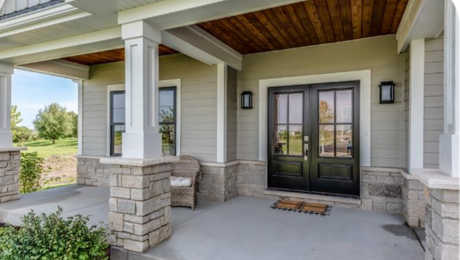
Replies
$300/square foot in DC is a bargain.
LOL, it sure is. But to be fair, the foundation was already there.
Foundation is maybe 5% of the cost. The more detailed the building the lower the percentage.
It's behind a paywall but generally speaking, spray foam should never be needed on new construction, especially in a small space. Assuming the space is of decent quality and performance, $200k for 600 sq.ft. sounds reasonable to me. I'm finding that good-quality new homes in the northeast US are starting around $400/sf, and quickly get up to $500 or $600/sf if there is anything challenging or unusual. That's for conditioned space, not site development.
She is in a historic district, $200K to construct an ADU is peanuts.
DC is requiring all new construction to be net-zero ready by the end of 2026. It's being phased in right now. What's interesting too is that usually building codes aren't retroactive, but for commercial space it's being phased in for existing buildings too.
Excerpts (2):
"Ferrari’s ADU has double the insulation of a typical structure — the exterior is insulated with foam board, the interior walls with spray foam. She also used a membrane sourced from Germany to help seal the structure and protect the inner workings from moisture."
"Making a structure airtight, though, means you’ll also need to incorporate a dedicated fresh-air ventilation system — equipment that expels stale air and brings in fresh air, filtering out pollen and pollutants in the process. These systems come in different shapes, sizes and configurations, but May ballparks the average cost of one suited to a single-family home or an ADU like Ferrari’s at $8,000 to $10,000. (Ferrari’s comprises a 2-foot-by-2-foot box filled with foam and fans that connects to the ductwork throughout the structure.)"
DC is on the 2017 IECC, so they require R15+R4 continuous for wood-frame buildings. So that doesn't sound that much better than code necessarily.
I hope the developer shares more detail elsewhere, given that she expresses hope that her experience will make it easier for others to follow. I tried googling them but just found info about them working for the IMF Bank.
The linked article makes it sound like double pane windows and good window placement enable them to keep the DC house cool without needing an AC, which seems hyperbolic no matter how much insulation they have. " she was also strategic about her windows, opting for ones made of double-glazed fiberglass, specially designed to limit how much of the sun’s heat can enter. They keep her building from turning into an oven when it’s warm, even without air conditioning. "